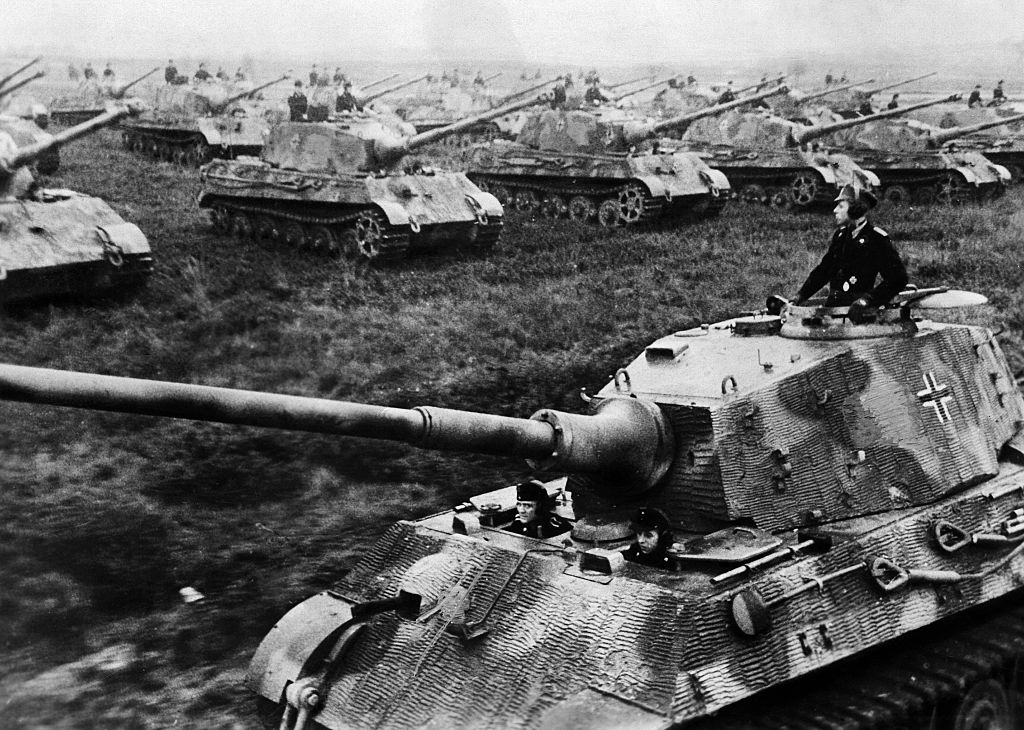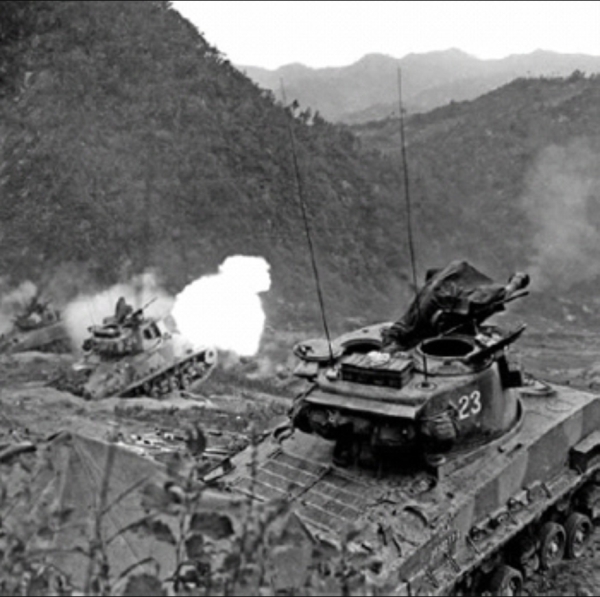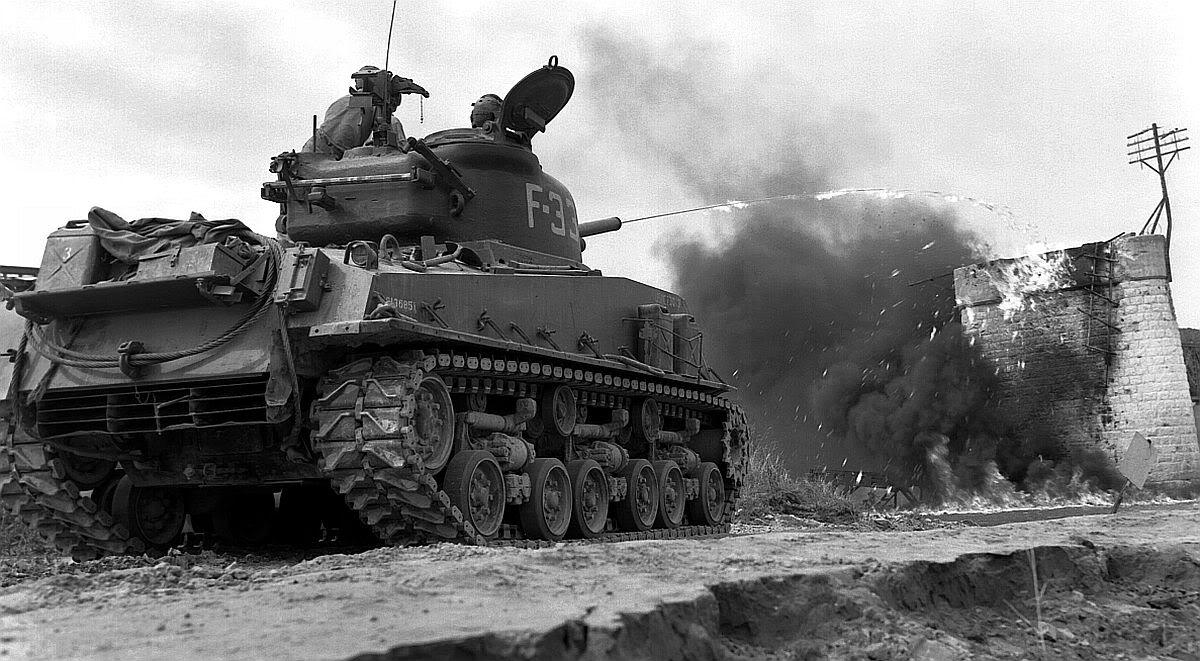

He tells of the courage and endurance of the crews not just in battle but in the appalling conditions in which they had to drive and fight their primitive vehicles. The slaughter of the Somme, Passchendaele and Ypres salient had to be endured before accepted ‘conventional’ methods were abandoned and the tank given a chance.īryan Cooper describes the early tank actions in vivid detail, with many eyewitness accounts. Few failures, however, can have been so costly in human life as that of our military commanders early in 1916 to appreciate that the tank was a war winning weapon. The battle of Kursk marked the beginning of a string of defeats that followed, ultimately leading up to the Fall of Berlin, and the end of the war.Failure to exploit the potential of an original idea is a recurring phenomenon in our national history. The battle had fully ceased on Jand both sides had suffered large casualties. Meanwhile, on July 13, Soviet forces pressed a counteroffensive into the shattered German lines. One day earlier, on July 10, allied forces landed in Sicily during Operation Husky. This fighting continued throughout the day and by the next day Hitler decided to stop the advance. This happened on July 12, 1943, and it was where the main portion of tank fighting happened. The stronger force which was in the south and heading for Prokhorovka was intercepted by Soviet forces which advanced through the same place the northern German forces had been defeated. Within the next two days the German advance in the north was halted and the casualties lost in this advance were around 200 tanks and 25,000 soldiers. Ju-87 Stuka dive bombers were sent in to support the attack, as Soviet Artillery opened fire upon the advancing Germans. The Battle begun on Jwhen German pincer movements moved towards Kursk while a massive German bombardment soon followed.

MAJOR TANK BATTLES OF WORLD WAR II SERIES
The Soviets also prepared a special series of defensive lines that included Anti-Tank Ditches and miles of barbed wire.Ī StuG during the Battle of Kursk The Battle

Another defensive aspect of the Soviets' forces were that they had large amounts of aircraft at their disposal. About 1,300,000 Soviet troops were to defend their positions, along with around 3,600 tanks and large amounts of anti-tank guns and innumerable mines, while the Germans had fewer of each. The Soviets hoped to hold a defensive line (which they did) and disable the German offensive, in which they would counterattack wiping out any German forces. Soviet preparations were greatly influenced by their spy network which provided them with accurate details about the new offensive planned by Germany. Among the German forces to attack, there was the Fourth Panzer army which would attack from the south and the Wehrmacht's Ninth Army would attack from the north. This led him to chose the second plan of attack. Hitler thought both plans were flawed and he decided that if the attack were delayed, more new Tiger and Panther tanks would be able to join in. The two German plans were either to do a more mobile, hit and run series of attacks or to march straight into the Soviet frontlines even with Soviet forces building up defenses and fortifications exactly where the attack would come. More Info: Battle of Kursk order of battle This was a decisive, yet costly battle for the Soviet Union and it was the mortal blow to German forces in the Eastern Front. In total about 500,000 German troops were killed or wounded and about 250,000 Soviet Troops were killed, while there were over 600,000 wounded. The battle started with the German offensive and it was ended with a Soviet counteroffensive. The goal of this attack by German forces was to reinitiate the push into the Soviet Union after it had been halted during and after the Battle of Stalingrad.Īlthough German forces had held against a Soviet counterattack in Kharkov, this was not enough for the German high command, thus they initiated an offensive of their own. The German codename for this battle was Operation Citadel and along with this battle being one of the biggest tank battles, the Battle of Kursk was also very costly to aerial forces as well. The battle began on Jand it ended on August 23, 1943. The two main forces were the Soviet Union and Germany. The Battle of Kursk was the largest tank battle to take place in World War II.


 0 kommentar(er)
0 kommentar(er)
